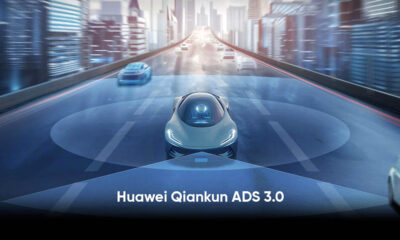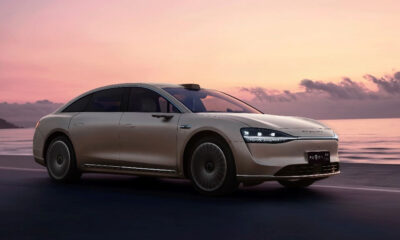Patent
Huawei tech to use human brain to change automatic vehicle mode

Autonomous driving is a futuristic technology and many carmakers are trying to put most of the research on this future driving functionality. With that being said, Huawei is also putting new patents on board with the latest ideas to make autonomous driving better.
Speaking of which, Huawei has recently filed a patent for human-vehicle interaction tech and an automatic driving system for autonomous vehicles that will take inputs from the driver’s brain.
According to the details, the Huawei system could obtain the driver’s brain wave signal to decide the driver’s brain wave activity state according to the driver’s brain wave signal.
In action, It could control the driving state of the autonomous vehicle according to the driver’s brain wave activity state, The driving state includes at least one of a manual driving state and an assisted automatic driving state.
The current mechanism provides a human-vehicle interaction tech and an automatic driving system for an automatic-driving vehicle, with the purpose of improving the user experience of the automatic driving system.
Huawei’s patent does not use brainwave signals to control the driving of the vehicle but selects the vehicle for manual driving or assisted automatic driving according to the driver’s brainwave activity state.
The purpose may be to In order to prevent the user from falling asleep after enabling assisted automatic driving, it is similar to the fatigue monitoring used by many assisted driving warning systems, but Huawei’s patent monitors brain waves instead of eyes, and the accuracy may be higher.
(via – ithome)






